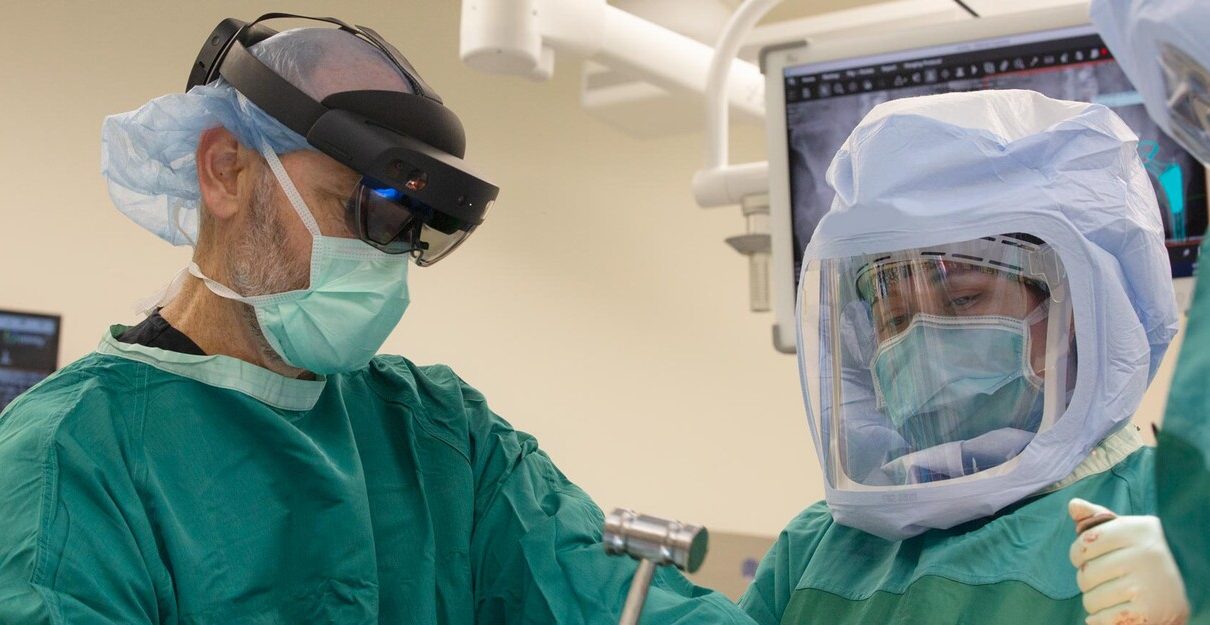Welcome to 2025, where the intersection of technology and healthcare is more fascinating than ever. Virtual Reality (VR) isn’t just for gamers or tech enthusiasts anymore—it’s revolutionizing how surgeons train and patients prepare for surgery. Imagine slipping on a VR headset and stepping into an operating room, not just as an observer but as an active participant. This isn’t science fiction; it’s today’s reality.
Transforming Surgical Training
Surgeons have always needed steady hands and sharp minds. Now, they also benefit from VR’s immersive capabilities. Picture a surgeon-in-training navigating through a 3D representation of the human body, practicing complex procedures in a risk-free, virtual setting. It’s like having a flight simulator for the medical world.
VR allows for finite repetition without the consequence of error. This means surgeons can practice delicate operations multiple times before they ever touch a scalpel. It’s akin to how a pianist hones their skills with countless hours on the keys, perfecting each note before performing at a concert.
Empowering Patients Through VR
But it’s not just surgeons who benefit. Patients also gain a lot from VR. Facing surgery can be daunting, filled with uncertainties and fears. VR steps in as a powerful tool to ease anxiety.
Imagine exploring a virtual operating room before the actual procedure—seeing where you’ll be, understanding the process step-by-step, and even meeting your surgical team virtually. This pre-surgical tour is like a guided rehearsal, reducing the mystery and fear surrounding the unknown.
Patients often feel like actors stepping onto a stage for the first time, but with VR, they can familiarize themselves with the setting and script, making the real performance far less intimidating.
The Road Ahead: Challenges and Opportunities
Of course, implementing VR in healthcare isn’t without its challenges. Cost and accessibility remain hurdles. However, as the technology becomes more mainstream and affordable, these barriers are slowly crumbling.
Furthermore, VR’s adaptability is a game-changer. Its applications aren’t limited to surgery or pre-op settings. It’s already making waves in pain management and rehabilitation, providing new ways to engage and heal patients.
The key to VR’s future success lies in continued innovation and integration into everyday healthcare practices, similar to how smartphones evolved from luxury items to essential tools.
Conclusion: A Virtual Revolution
In 2025, VR is no longer just a cool gadget—it’s a vital part of the medical toolkit. By offering realistic training environments for surgeons and reducing the unknowns for patients, VR is setting the stage for safer, more precise surgeries. As we move forward, the possibilities are as vast and expansive as the virtual worlds themselves. So, whether you’re a doctor or a patient, the future is here, and it’s virtually transformative.
Next time you hear about VR, don’t just think of a game. Think of life-saving technology, innovation, and a step into a world where the impossible becomes possible.




